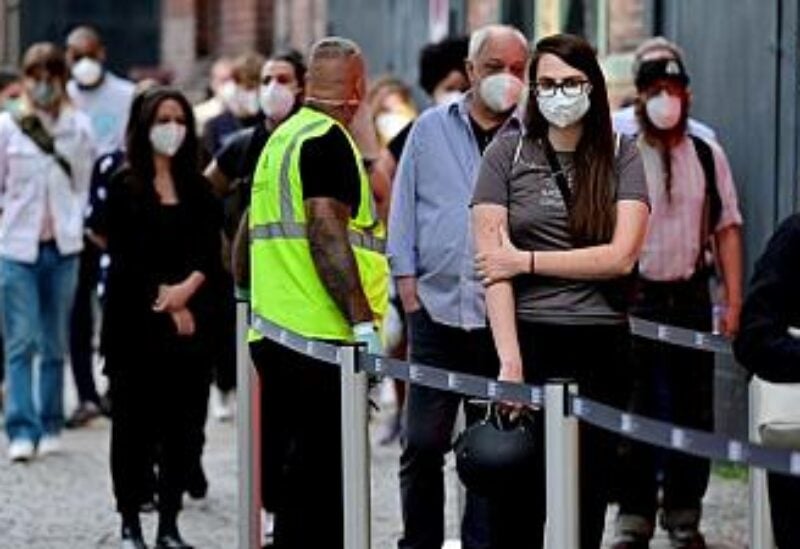
On Saturday, Germany registered the highest rate of coronavirus infections since mid-May, surpassing the threshold of 100 cases per 100,000 in the previous seven days, which was previously used to justify a stringent lockdown.
However, Health Minister Jens Spahn stated that vaccination has improved Germany’s ability to adapt, though he added that limitations such as mask wearing and limits on indoor activity for unvaccinated persons would remain in place until next spring.
The seven-day incidence rate of cases, which was used until August to determine if more strict COVID-19 curbs should be imposed, increased to 100 on Saturday from 95 on Friday, according to the Robert Koch Institute for Disease Control.
It said that 15,145 new infections were detected on Saturday, up 4,196 from the previous Saturday, and 86 people died, bringing the total to 95,077.
The spike comes as Germany’s 16 state leaders debate how to continue after a statewide state of emergency expires on November 25, meaning restrictions will automatically expire unless renewed by parliamentary action.
On Saturday, Spahn stated that the state of emergency might be lifted while maintaining laws requiring mask wear and confirmation of vaccination, recovery, or a negative test result to enter most indoor public venues.
“This path from a state of emergency to a state of special caution to a state of normality, probably in the spring, if there is no new variant, is, I think, also one that gives confidence.”
Around 66% of German residents are fully vaccinated, compared with 63.3% of people across the European Union.